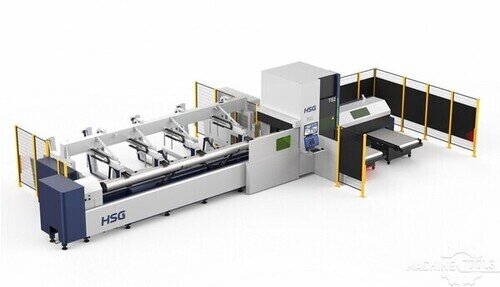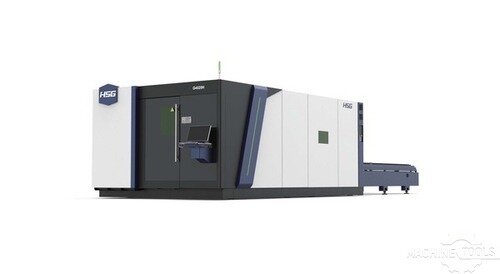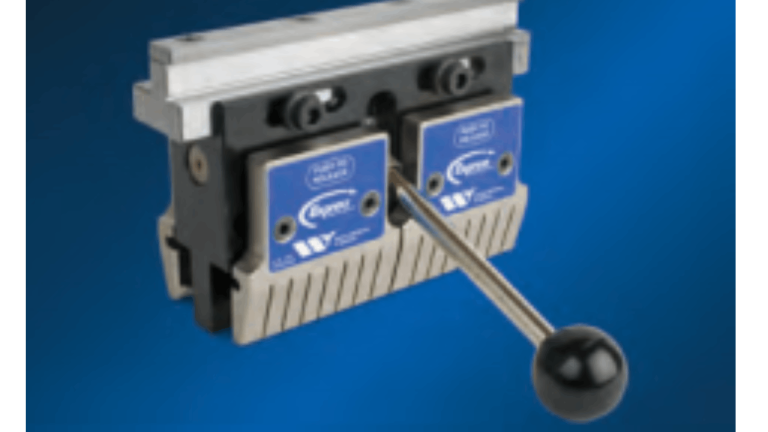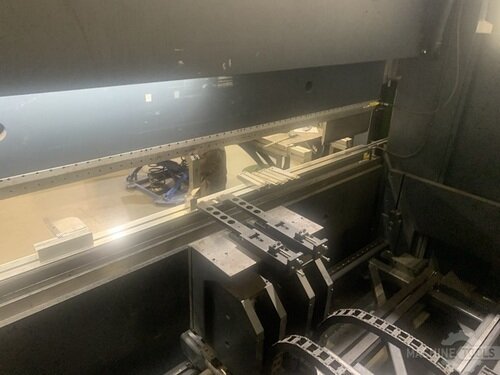For over a decade, I’ve partnered with custom fabricators and job shops across the Midwest, helping them tackle the unique challenges of high-mix, low-volume production. Every day, I see how the right equipment choice—matched to your workflow and business goals—makes a measurable difference in profitability. My approach is hands-on: I work directly with shop owners, production managers, and operators to identify bottlenecks and craft equipment solutions that deliver tangible results. If you’re considering a significant investment like a 12kW sheet laser, you need real-world guidance that goes beyond sales brochures. Here’s what I’ve learned about maximizing ROI with advanced laser technology.
Understanding the Fabricator’s ROI Equation: Beyond the Purchase Price
When evaluating new equipment, it’s tempting to focus solely on the sticker price. But for custom fabricators, true ROI depends on a broader equation. You need to weigh initial investment against the long-term benefits: increased throughput, reduced rework, and the ability to take on jobs your competitors can’t touch. A 12kW sheet laser might cost more upfront, but its performance can unlock new revenue streams and operational efficiencies that lower your cost per part over time.
The key is to look at the full lifecycle of the machine. Consider factors like energy consumption, uptime, and the adaptability to new materials or part geometries. Many shops I work with discover that high-powered lasers quickly pay for themselves by slashing cycle times and expanding their quoting capabilities. The right investment isn’t always the cheapest machine—it’s the one that positions your shop for consistent, long-term profitability.
Real-World Productivity: How 12kW Sheet Lasers Accelerate Job Turnaround
Speed is a game-changer in custom fabrication. With a 12kW sheet laser, you’re looking at significantly faster cut times on thick and challenging materials. This means you can process more jobs in a single shift, reduce lead times, and respond to urgent customer requests without sacrificing quality. The result is a competitive edge that’s hard to match with lower-powered alternatives.
I’ve seen shops transform their production schedules almost overnight after upgrading to a 12kW system. These lasers excel at both thin and thick materials, providing the versatility essential for custom work. Their precision and repeatability minimize scrap and rework, helping you deliver parts right the first time. When you can consistently turn jobs faster, you’re not just boosting output—you’re strengthening customer loyalty and opening the door to higher-margin work.
Navigating Throughput Bottlenecks with Advanced Laser and Press Brake Integration
One of the most common pitfalls I see is investing in a high-powered laser without addressing downstream bottlenecks. If your press brake can’t keep up with your laser, you end up with a backlog of cut parts and underutilized equipment. The smartest fabricators evaluate their entire workflow, not just the cutting stage.
Integrating a 12kW sheet laser with a modern, high-speed press brake creates a seamless production line. Advanced automation and software can synchronize cutting and bending operations, minimizing manual handling and reducing setup times. This holistic approach ensures that your investment in a powerful laser translates into real gains at every stage of the process—not just on the cutting table.
HSG TS2 HIGH SPEED TUBE FIBER LASER CUTTING MACHINE
HSG 3015H 12KW
Evaluating Tooling and Maintenance Costs for Sustainable Profitability
High-power lasers are engineered for durability, but they still require thoughtful maintenance to deliver peak performance. When selecting a 12kW system, it’s important to factor in the cost and availability of consumables, nozzle changes, and optical components. Modern designs have made great strides in reducing wear and simplifying routine upkeep, but not all systems are created equal.
Tooling costs don’t stop at the laser. Press brake tooling, for example, must match the precision and speed of your new laser. Investing in high-quality, quick-change tooling can further reduce downtime and labor costs. I always advise customers to look beyond the initial price tag and consider the total cost of ownership—factoring in service, spare parts, and support. Sustainable profitability comes from machines that are reliable and easy to maintain, backed by responsive service when you need it most.
Partnering for Success: Building Trust and Support in Equipment Investments
Choosing a 12kW sheet laser is a major decision, and the right partner can make all the difference. I believe in building lasting relationships with my customers, offering honest advice and ongoing support instead of just pushing a sale. From site visits and ROI analysis to operator training and post-installation service, my goal is to ensure your equipment delivers as promised.
The best outcomes happen when your supplier understands your shop’s unique needs and stands behind their recommendations. At Mac-Tech, we’re committed to transparency, integrity, and shared success. Whether you’re expanding capacity, entering new markets, or simply looking to boost your margins, I’m here to help you make informed decisions that move your business forward.
FAQ
How does a 12kW sheet laser improve efficiency compared to lower-powered models?
Higher wattage enables faster cutting speeds and thicker material processing, reducing job turnaround times.
Can I use a 12kW laser for both thin and thick materials?
Yes, modern 12kW lasers offer excellent versatility and can handle a wide range of material thicknesses with high precision.
Will my existing press brake keep up with a new 12kW laser?
It depends on your brake’s speed and automation. Upgrading both systems or integrating them can optimize throughput.
What are the maintenance requirements for a 12kW laser?
Routine cleaning, consumable replacement, and scheduled service are essential, but many modern systems are designed for easy upkeep.
How do I calculate ROI for a 12kW laser investment?
Consider initial cost, increased production capacity, reduced lead times, energy efficiency, and long-term support when evaluating ROI.
Is training provided for operators on new equipment?
Yes, comprehensive training and ongoing support are available to ensure your team gets the most from your investment.
Get Weekly Mac-Tech News & Updates








